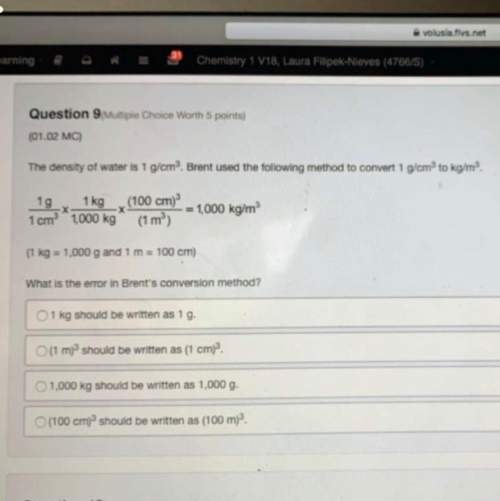
Chemistry, 06.01.2021 03:50 amandapill
Using your knowledge of “like dissolves like” principle of solubility, determine which compound will dissolve best in each of the following problems below. Make sure to draw the structures of molecular compounds. Briefly explain your reasoning.
b) List the intermolecular forces present between the solute and the solvent.
c) For #1, draw the interaction between the solvent and solute. Label the intermolecular forces present (do not need to show LDFs).
1) Solvent: water, Solute: boron trichloride or ammonia or calcium hydroxide

Answers: 3


Other questions on the subject: Chemistry



Chemistry, 22.06.2019 19:20, johnkings140
For a research project, a student decided to test the effect of the lead(ii) ion (pb2+) on the ability of salmon eggs to hatch. this ion was obtainable from the water‐soluble salt, lead(ii) nitrate, which the student decided to make by the following reaction. pbo(s) + 2 hno3(aq) → pb(no3)2(aq) + h2o losses of product for various reasons were expected, and a yield of 86.0% was expected. in order to have 5.00 g of product at this yield, how many grams of pbo should be reacted? (assume that sufficient nitric acid, hno3, would be used.)
Answers: 1

Chemistry, 22.06.2019 20:30, dinapaul424
Which states of matter have particles that move independently of one another with very little attraction?
Answers: 1
You know the right answer?
Using your knowledge of “like dissolves like” principle of solubility, determine which compound will...
Questions in other subjects:





History, 10.11.2019 07:31

Mathematics, 10.11.2019 07:31


English, 10.11.2019 07:31





